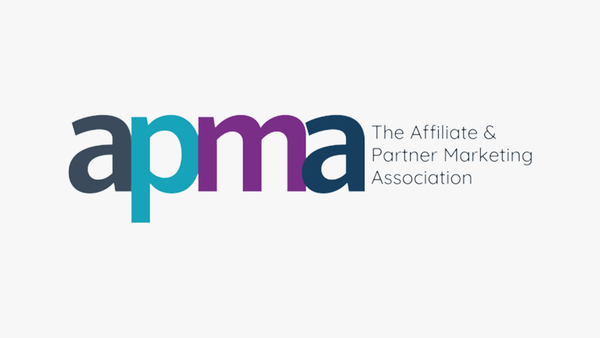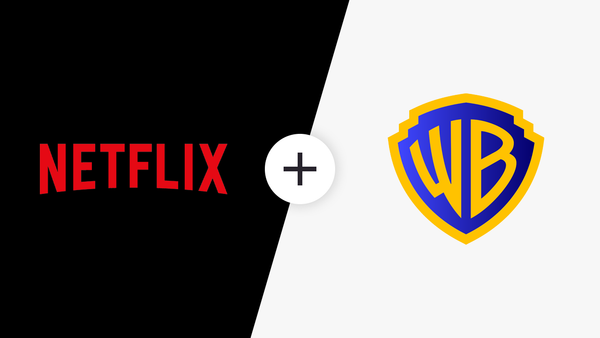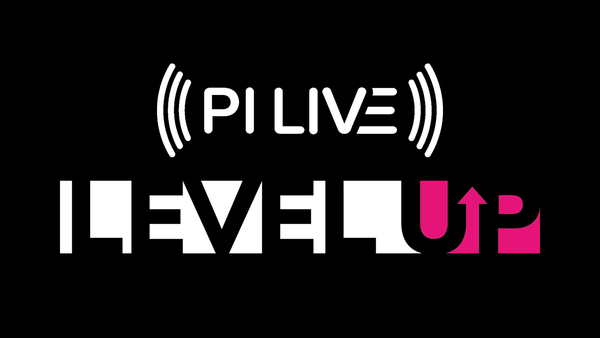Consumers are spending a significant portion of their time on the open internet, yet many marketing budgets are still funnelled into walled gardens. These are powerful platforms that earn a place on most media plans for their size and ability to quickly scale, but there is an imbalance between consumer attention and where media investment is being made – this needs to be readdressed.
Today, 50% of consumer attention is directed towards the walled gardens, yet 80% of spend is funnelled there. As a result, marketers are missing out on opportunities to reach consumers on premium publications, found outside of these closed ecosystems, who can help them build a powerful and competitive advantage.
Looking at DSPs in isolation means buyers lose transparency over the digital ecosystem. To combat this, buyers are taking a more active role in understanding their supply chain – many now realising that a standalone demand side platform (DSP) is not enough. By shifting their focus to full stack offerings, those that include supply-side platforms (SSPs) in their overarching strategy, are able to differentiate from their competitors.
Make the most of your media investment
Increasing supply chain fragmentation and declining transparency across intermediaries means it has become increasingly difficult to ascertain the real impact of marketing on business outcomes.
The industry has been slowly edging towards simplifying this landscape by powering direct connections between buyers and sellers. Working with a platform that connects both sides of the programmatic ecosystem empowers marketers to take more control over their supply chains to positively impact campaign performance.
A popular solution is curated marketplaces, which allow marketers to build their own transparent ecosystems with specific focuses – either inventory, data or a combination of both. They are also able to reflect a buyer’s standards around brand safety, context, device types, and more.
These marketplaces provide buyers with the ability to see and manage the whole supply chain, giving them full control over inventory decisioning. This enables them to maximise their working media investment by ensuring budgets never pass-through unnecessary intermediaries, whilst ensuring that campaigns are only run within brand-safe environments. Brands can also benefit from operational advantages when troubleshooting – using a point solution DSP to buy from separate SSPs means it takes far longer to deal with any delivery issues due to having to deal with multiple parties, not to mention the increased likelihood of seeing DSP-to-SSP discrepancies.
The end-to-end nature of curated marketplaces increases fee transparency, eliminates bad players, and enables supply path optimisation, ensuring both cost and operational efficiencies. And with many brands not currently able to ascertain the real impact of their overall media budgets, this approach maximises the efficacy of spending.
Curate your own marketplace
Embarking on the journey towards powering your own curated marketplace doesn’t need to be a complicated one. In fact, it only requires a few steps.
Firstly, you need to consider the end goal. What do you want to achieve with curation? Are you aiming to increase transparency, gain more control of the supply chain, or improve performance?
Once you have an answer to that, you should find a technology partner that has all the tools and expertise to implement a successful curated marketplace, and work with them to understand how that marketplace can be best utilised to achieve your goals.
It’s important to optimise your curated marketplace based on performance, market changes, and pricing: as a static marketplace can be just as detrimental as using DSPs as point solutions.
Get more power from stronger partnerships
The increasing demand from advertisers and publishers for a more transparent digital advertising ecosystem, and the decline of persistent identifiers, means that the buy and sell-side of the industry have to become more fluid and connected.
Brands getting closer to their tech vendors is one of the most powerful steps toward achieving a more transparent supply chain. As a by-product of that, a curated marketplace is the best way to implement this, whilst providing a whole host of other benefits to buyers – including differentiated open-market performance, interoperable identity solutions, and the ability to more easily target diverse media outlets.
Ultimately, building these strategic, transparent, goal-oriented marketplaces is not just beneficial to buyers, but to all players in the programmatic ecosystem.








